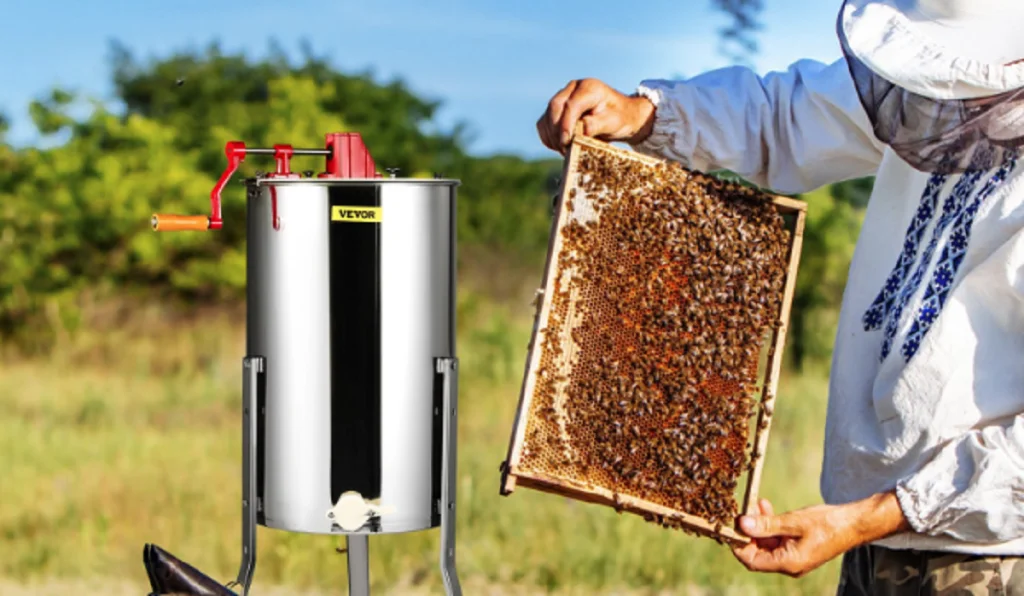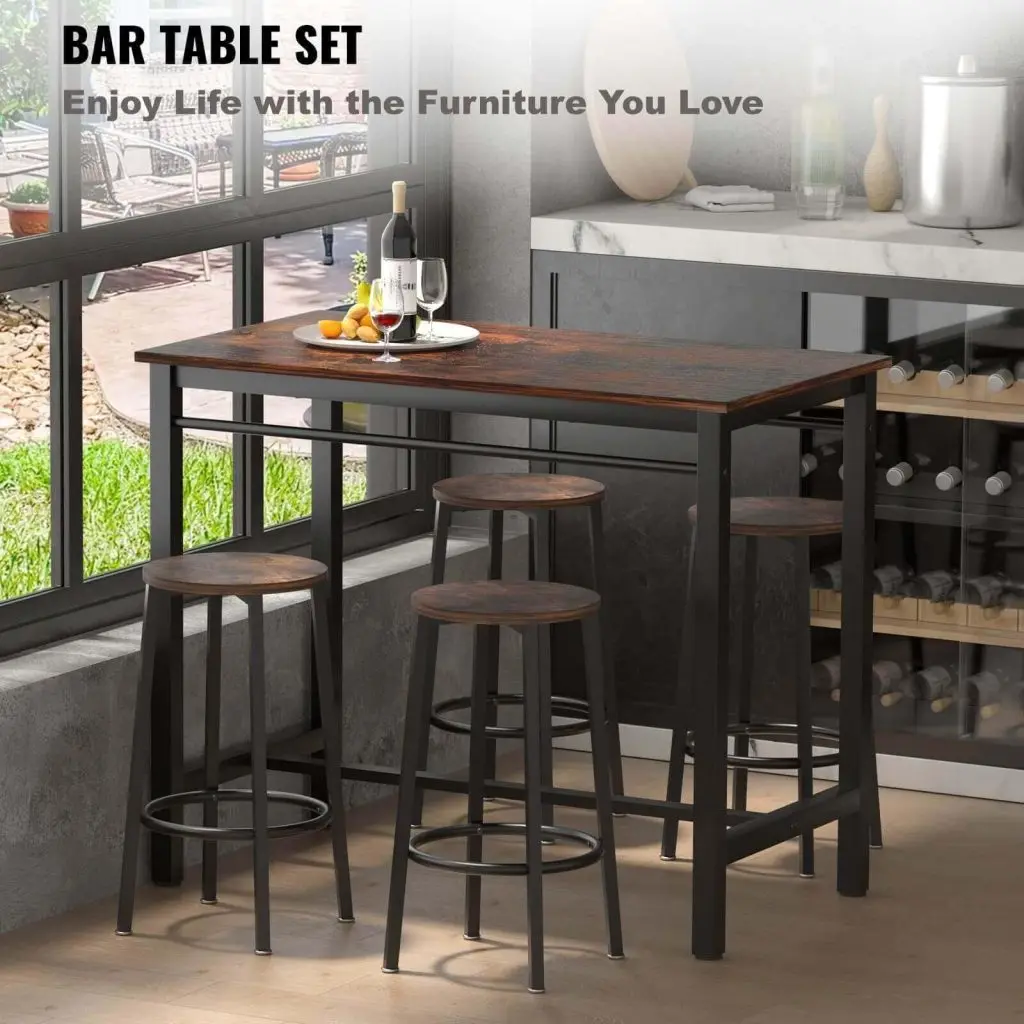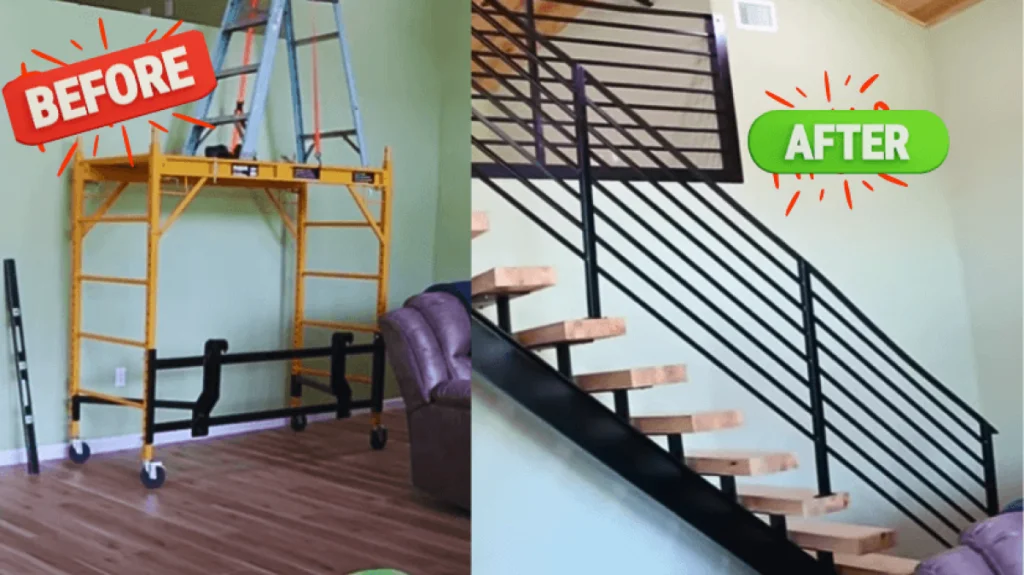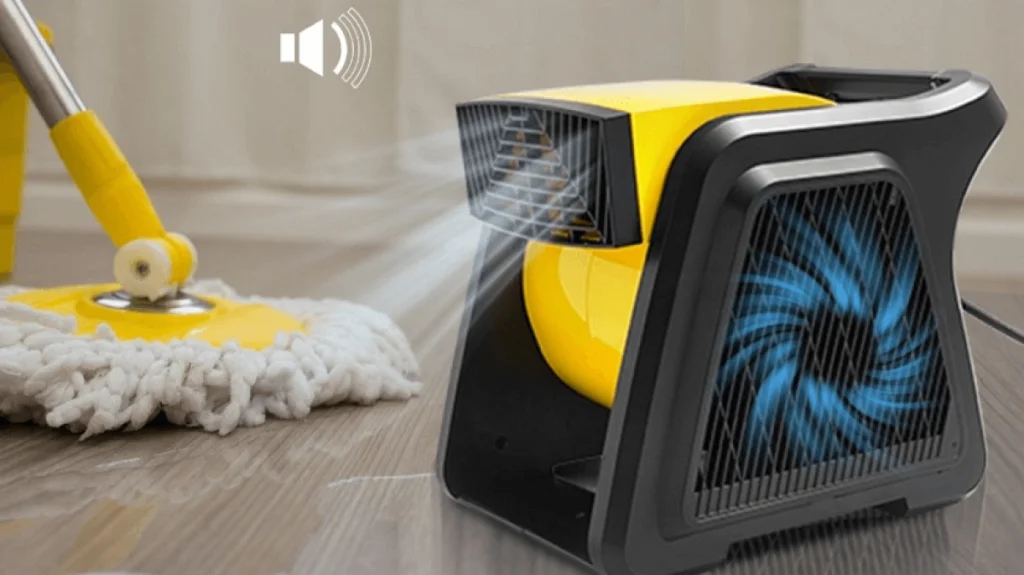Honey extraction is one of the most rewarding steps in beekeeping, where all the effort pays off in golden, liquid sweetness. For new and seasoned beekeepers alike, knowing how to efficiently extract honey is essential. With an extractor, you can turn a hive full of honeycomb into pure honey in minutes.
Historically, honey extraction required pressing and crushing the comb, a labor-intensive process that often damaged valuable comb structure. The invention of the centrifugal extractor transformed honey harvesting, allowing beekeepers to preserve combs for reuse and to speed up collection.
Using a honey extractor, like those offered by VEVOR, allows beekeepers to collect honey quickly and cleanly without damaging the honeycomb. By harnessing the power of centrifugal force, an extractor spins out the honey, leaving the combs intact for reuse. This guide will take you through every step of honey extraction, making it easy to harvest your own fresh honey.
Table of contents
Preparing for Honey Extraction: Equipment and Safety
Before diving into honey extraction, it’s important to set up a well-organized, safe workspace with all the right tools at hand. Preparation goes a long way in making the process smooth and efficient.
Essential Tools You Need
Gathering essential tools is the first step. Each tool plays a critical role in extracting, filtering, and bottling honey. The top tools you need include:
- Honey Extractor: Spins honey out of the comb without damaging it. VEVOR offers both electric and manual honey extractors, suited for beekeepers of all levels. Manual extractors are great for hobbyists with a few hives, while electric extractors are ideal for higher-volume beekeepers seeking efficiency and ease.
- Uncapping Knife: Used to slice off the wax cappings from honeycomb cells. Heated knives are particularly useful for a smooth and efficient uncapping process.
- Strainer: Filters out wax particles and small debris, ensuring pure honey. Double strainers are often recommended for optimal clarity.
- Buckets and Jars: For collecting and storing honey. Use food-grade buckets to avoid contamination and preserve honey quality.
- Protective Clothing: Prevents bee stings when removing frames from the hive. Even when extracting honey indoors, a suit or gloves can provide extra protection if bees are nearby.
With these tools, you’ll be well-prepared to handle the extraction process smoothly and with safety, while preserving the honey’s rich nutritional profile.
Recommended For Your Project
Setting Up Your Workspace
Honey extraction can get sticky, so setting up a clean, organized area is crucial. Ideally, work in a space with easy-to-clean surfaces and good ventilation. To avoid drawing bees to your workspace, extract honey away from active hives.
Many beekeepers also use a honey house or designated area indoors to ensure cleanliness and keep the scent of honey contained. For easier cleanup, place plastic or wax paper under your tools to catch drips, which also makes gathering spilled honey and wax easier for later use.
Safety Precautions
For a safe honey extraction, start by wearing protective clothing to prevent any unexpected stings. Ensure the workspace is bee-free and keep your tools organized to prevent accidents. If you’re working indoors, set up a fan for ventilation and have a mild cleaning solution ready for honey spills. While handling frames, avoid direct exposure to sunlight, as it can affect honey flavor and quality.
Step-by-Step Guide to Extracting Honey with an Extractor
Now, let’s go through each step to ensure a smooth and successful honey extraction. Following these steps carefully will maximize your honey yield and maintain quality.
Step 1 – Harvesting the Honey Frames
The first step is to carefully select and harvest frames that are ready for extraction. Look for fully capped cells on the honeycomb, as these indicate that the honey has the right moisture content and is ready for harvest. Gently remove the frames, taking care to avoid damaging the hive or disturbing the bees. Experienced beekeepers may use a bee escape board or a gentle fume board to clear bees from the honey super, ensuring minimal disruption.
For healthier hives and better harvests, avoid overharvesting and ensure each frame has time to mature between extractions. With larger hives, consider extracting at least once per season, typically late summer, to prevent honey from crystallizing in the comb.
Step 2 – Uncapping the Honey Frames
Before extraction, the honeycomb cells need to be uncapped. An uncapping knife, preferably heated, slices through the wax layer covering each cell, allowing the honey to flow out easily during extraction. Alternatively, you can use an uncapping fork for a gentler approach.
Uncapping makes sure the honey is accessible without damaging the honeycomb. Beekeepers often keep a small tray nearby to collect the wax cappings, which can be used later for beeswax products like candles, balms, or even wood polish.
Step 3 – Loading the Frames into the Extractor
With the frames uncapped, you’re ready to place them into the extractor. Position each frame evenly to maintain balance, as an unbalanced load can cause the extractor to wobble or tip.
Proper positioning ensures that the frames remain stable and helps extract honey efficiently. Ensure there’s enough space for frames to avoid contact and keep the extraction smooth. If using a manual extractor, pause and rotate frames after a few spins for even honey release.
Step 4 – Spinning the Extractor to Release Honey
This step is where the magic happens. Honey extractors work by spinning frames at high speed, using centrifugal force to release honey from the cells. Start at a low speed and gradually increase it to prevent comb damage.
Manual extractors require hand-cranking, while electric models, like VEVOR’s electric honey extractor, let you adjust speed more precisely. The gradual increase in speed ensures all the honey is released without damaging the comb. For those using electric extractors, maintaining a steady hand and a moderate speed can prevent the combs from weakening.
Centrifugal force mimics natural gravitational processes, but at a much faster pace. This method preserves the honey’s natural qualities, maintaining its enzymes, flavor, and delicate floral notes.
Step 5 – Collecting the Extracted Honey
As honey gathers at the bottom of the extractor, open the honey gate to let it flow into a food-grade bucket or container. This process allows for a steady, clean collection of honey with minimal spillage.
Collecting the honey carefully at this stage helps ensure it stays pure and ready for bottling. For larger harvests, beekeepers may use multiple buckets and transfer honey into jars or storage containers afterward.
Honey is best collected at temperatures that maintain its fluidity, preventing crystallization and ensuring easy pouring.
Step 6 – Filtering and Straining the Honey
Filtering honey is essential for removing wax particles, bee fragments, and other impurities. Use a double strainer over your collection container to achieve clear, high-quality honey. Once filtered, let the honey sit briefly to allow any air bubbles to rise, resulting in a smooth, golden finish. Straining honey more than once can help remove even the smallest debris, ensuring it’s as clear and pure as possible before bottling.
Quality filtering not only purifies but also preserves honey’s shelf life and appearance, making it visually appealing and ready for immediate use or sale.
Step 7 – Cleaning Up After Extraction
A thorough clean-up keeps your tools and extractor in top condition. Use warm water and mild soap to clean the extractor, knife, and other tools. Properly dispose of wax cappings, or set them aside if you plan to repurpose them for crafts or future hive use. Let the cleaned equipment air dry to prevent rusting and prepare it for the next season.
Wax remnants can be stored for later use in new frames, adding a natural touch and saving costs on fresh foundation sheets for your hives.
Bottling and Storing Your Honey
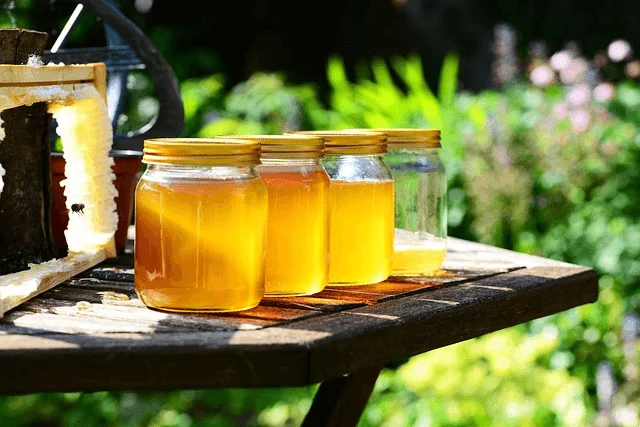
Once your honey is extracted and filtered, it’s time to bottle and store it properly to maintain its quality over time. We have some tips to help you do that properly and with ease.
Bottling Tips for Optimal Honey Quality
For best results, store honey in glass jars, as glass doesn’t react with honey and keeps it fresh longer. Plastic containers can also work but make sure they’re food-grade. Seal each jar tightly to prevent air and moisture from entering, as both can affect honey quality. Beekeepers often label jars with the harvest date, which adds a personal touch and helps keep track of freshness.
Honey varietals from different flowers, like clover or wildflower, often offer unique colors and flavors. Harvested and bottled carefully, these varietals maintain their distinct qualities for years.
Long-Term Honey Storage Tips
Proper storage is key to preserving honey’s natural flavor and consistency. Store jars in a cool, dark, and dry area, like a pantry, to avoid crystallization and maintain flavor. Honey kept in a stable environment can last for years without spoiling. Avoid freezing honey, as it can alter its natural consistency over time.
Maximizing the Use of Leftover Wax and Cappings
Beekeeping offers benefits beyond honey, including the beeswax left after extraction. Here are some ideas for repurposing it.
Creative Uses for Beeswax
Beeswax has many practical and creative uses, such as candle-making, lip balm production, and crafting wood polish. You can even sell raw beeswax as an additional income source, as it’s highly valued by crafters and DIY enthusiasts. Melted beeswax can be poured into molds for easy storage or future crafting projects.
Recycling Wax Cappings for Future Use
Leftover wax cappings can be stored for future use, whether as raw material for crafting or as an extra comb for bees. By recycling wax, beekeepers reduce waste and support their hives’ ongoing needs. Some beekeepers even use the wax to make foundation sheets for new frames.
Frequently Asked Questions About Honey Extraction
To help answer common questions, here are insights into some frequently asked topics about honey extraction.
How Often Can You Harvest Honey?
Typically, honey can be harvested once or twice per season, depending on the hive’s productivity and local flowering cycles. Too-frequent harvesting may reduce honey yield, so it’s best to wait until the frames are fully capped.
Can You Extract Honey Without an Extractor?
Yes, it’s possible to extract honey without an extractor by crushing and straining the comb. However, this process is less efficient and can damage the comb structure. Using an extractor is recommended for clean, reusable honeycombs.
What If My Honey Crystallizes?
Crystallization is natural and doesn’t affect honey’s quality. To restore it to a liquid state, gently warm the container in warm water, avoiding high heat to preserve nutrients.
How Do You Know When Honey is Ready to Harvest?
Honey is ready to harvest when the cells are fully capped, as this indicates the moisture level is low enough to prevent fermentation. Look for at least 90% capped cells on each frame.
Conclusion: Enjoy Your Honey Harvest
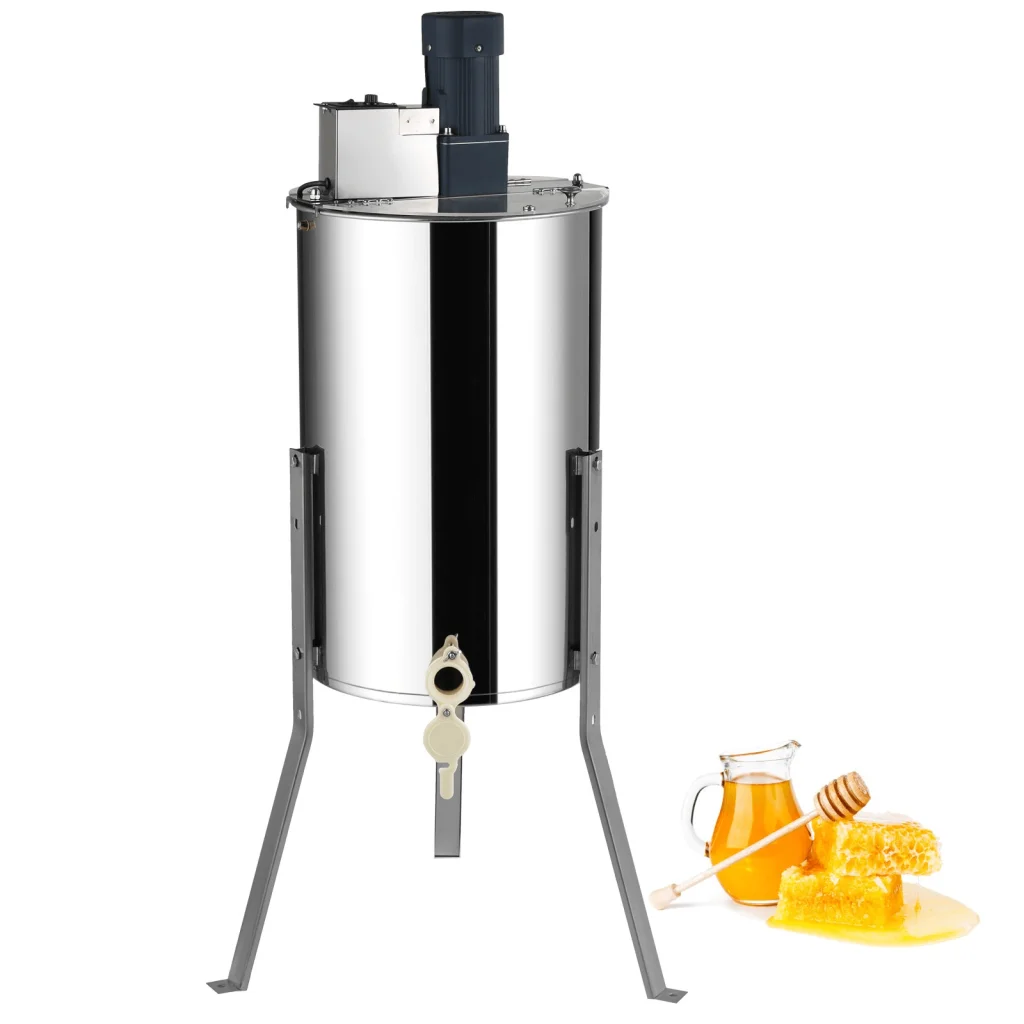
Extracting honey is a simple, rewarding experience when you have the right tools and knowledge. For both beginners and experienced beekeepers, VEVOR’s honey extractors are a piece of reliable, high-quality equipment to streamline the process. Visit the VEVOR website to invest in the right extractor, follow these steps, and enjoy the satisfaction of harvesting your very own fresh honey straight from the hive.

